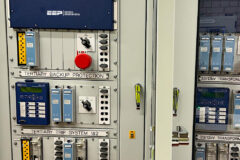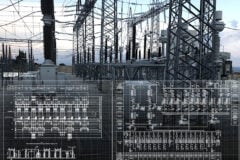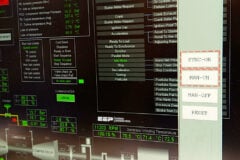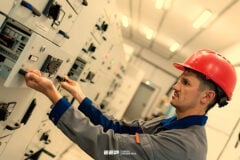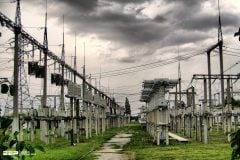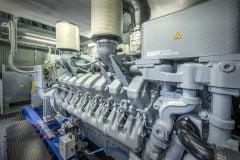Troubleshooting techniques
The distribution substation is one of the most important yet arguably the most troublesome section of the power system. Prolonged operation and frequent switching make distribution substations more prone to breakdowns and failures. While the part of preventive maintenance is essential to avoid these breakdowns, once they occur, the operators and engineers are under immense pressure to rectify the underlying issue and resume the power supply as soon as possible.

In this article, we will primarily focus on the most common and the most problematic breakdowns in a typical power distribution substation and measures to troubleshoot them.
Preventive maintenance is an equally important aspect that helps to minimize the possibility of breakdowns or troubles.
The article will be as extensive as possible in that regard.
- The principle of troubleshooting
- Troubleshooting the disturbances in circuit breakers
- Conclusion: Problems with troubleshooting and getting past them
1. The principle of troubleshooting
Simply put, troubleshooting is 80% diagnosis and 20% remedy. It is a process that includes a rigorous search for any abnormality that caused the disruption and remedial measures to make them normal or reinstate in the operating state. The electrical system works in a well-planned hierarchy of voltage and insulation levels.
Most of the problems in the electrical system are caused because of the compromised insulation level.
Breakdown troubleshooting requires swift identifying and fixing of the issue that broke the equipment, most possibly interrupting the power supply. This requires a series of inspections and tests which shall be described further in this article.
On contrary, preventive troubleshooting is more about finding the actual cause of the occasional malfunctions, niggles, or abnormalities in the system in compliance with the manuals and schematics. This is practiced when the equipment is not broke completely but it might be problematic in near future with some occasional malfunctioning without a specific reason.
Figure 1 – Preventive troubleshooting of an LV panel
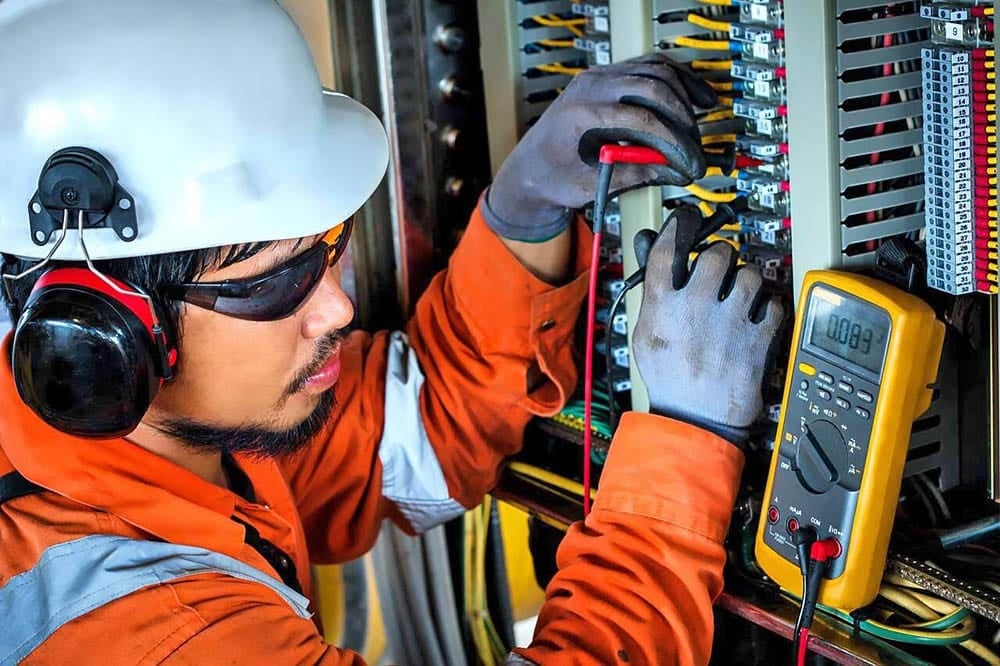

Go back to the Contents Table ↑
2. Troubleshooting the disturbances in circuit breakers
Circuit breakers are arguably the most important part of the protection system in any distribution substation. While the VCBs are in abundance in the category of MV/LV, ACBs sit firmly at the top of the protection system of the LV power distribution substation.
Tripping/closing coils, trip circuit supervisions, vacuum interrupters, spring charging mechanisms, secondary contacts, master trip relay, protection relays, etc. are major components of circuit breakers in the MV/LV distribution substation.

